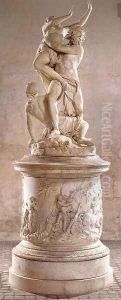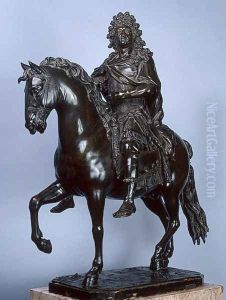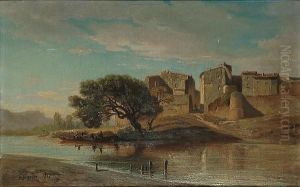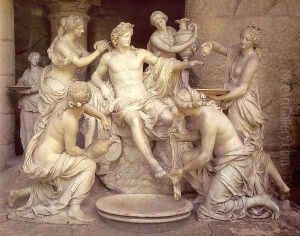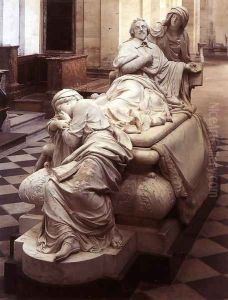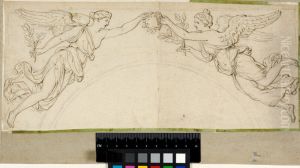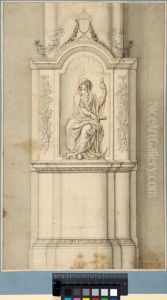Francois Girardon Paintings
François Girardon was a French sculptor who is considered one of the masters of the classical style in the Baroque period. Born on March 17, 1628, in Troyes, France, he was the son of a foundryman, which influenced his early interest in sculpture and metalwork. Girardon was trained in Paris under the tutelage of François Anguier, whose classical style had a significant impact on his artistic development.
After completing his training, Girardon went to Rome to study the works of antiquity and the Renaissance masters, which was a common practice for artists of the time. His stay in Rome, from 1648 to 1652, allowed him to immerse himself in the study of classical sculpture. He was particularly influenced by the works of Gian Lorenzo Bernini, the leading sculptor of the Baroque period.
Upon his return to France, Girardon entered the service of King Louis XIV and was involved in the ambitious artistic projects at the Palace of Versailles. His contributions to Versailles include the famous Apollo Fountain, which showcases his skill in creating dynamic compositions with a strong sense of movement. He also created the tomb of Cardinal Richelieu in the Church of the Sorbonne, which is considered one of his masterpieces.
Girardon's work was characterized by a blend of classical elegance and the dynamic expression of the Baroque. He was adept in various mediums, including bronze, marble, and terracotta. His sculptures were known for their refined execution and attention to anatomy, drapery, and emotion. As one of the leading sculptors of his time, Girardon had a significant influence on the development of French sculpture, and his works were widely admired for their grace and power.
François Girardon passed away on September 1, 1715, in Paris. His legacy lived on through his numerous public commissions and the generation of sculptors he influenced. Today, Girardon is remembered as a key figure in the history of French art and one of the emblematic artists of the reign of Louis XIV.
